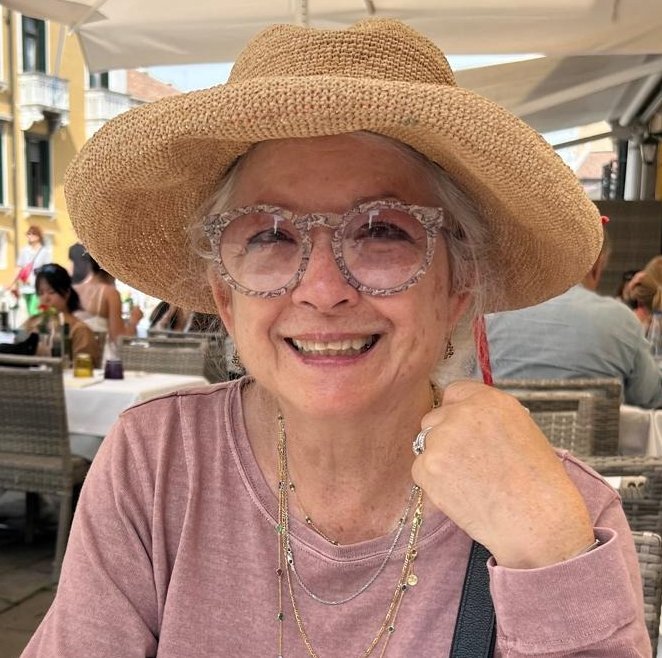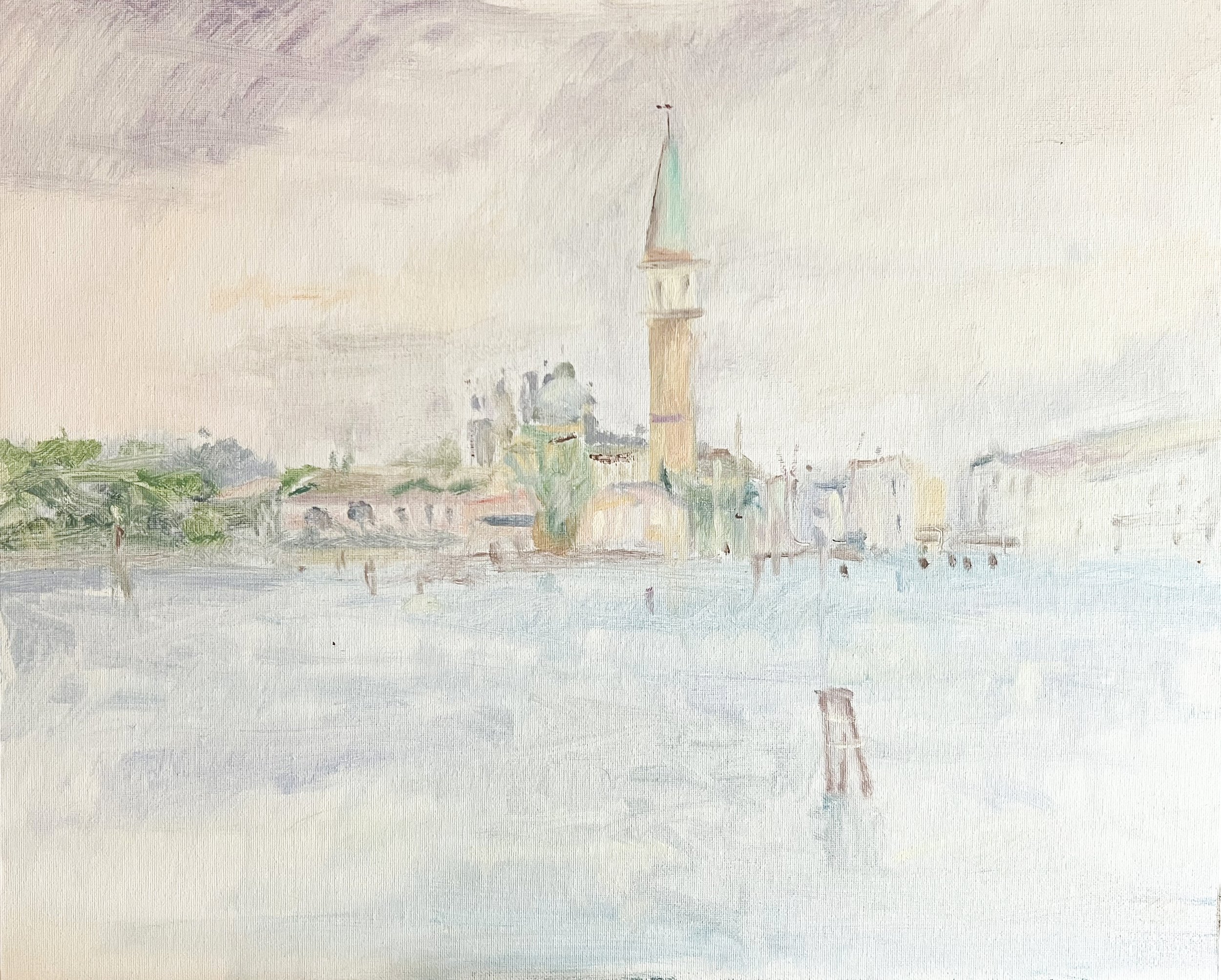Featured Artist of the month
Each month, we feature one artist from our Community Artists page here on our website, in our monthly newsletter, on Instagram, and on Facebook. We will also host an artist’s talk with them over Zoom so our audience can get to know them better. Check back at the beginning of each month for a new artist to learn about. And view artists from past months here.
May 2024: Sharon Rawlins
We are thrilled to feature Sharon Rawlins as our Featured Artist for May 2024. Read on to learn about Sharon, her work, and her experience with the Leo Marchutz School, and to see a selection of her artwork.
Mark your calendars for an artist’s talk with Sharon on Thursday, May 30th at 1:00 PM Eastern. Register on Zoom ahead of time here. And be sure to follow Sharon on Instagram and check out her website.
About the Artist
I am a painter and sometimes a printmaker.
Born in Georgia, I grew up in Maryland, went to school in Virginia, spent thirty-plus years in Southern California, and now live in Florida.
By happenstance, my career path took me into typesetting and from there into design and creative communication — the graphic arts. Along the way I began painting in watercolor, studying where I could — at night, privately, and at universities, art schools, and community colleges. In California I was exposed to the California “School” of watercolorists, past and present as well as to the Bay Area Figurative painters — amazing artists all — whose ideas make me think and inform my work. And here too I began painting en plain air in the legendary light of Southern California.
After managing an in-house creative department for many years I retuned to and earned a degree in Studio Art from the University of Mary Washington. There I was awarded a scholarship to paint in France which allowed me to attend a summer semester at the Marchutz School in Aix-en-Provence, a transformative experience. Part of the whole experience was discovering that I like printmaking as well as painting, and painting in oil too— and being exposed to ideas that shaped me in new ways.
My painting medium of choice is watercolor. I just like the way the paint handles, its fluid-ness and the way the transparent plays against the opaque and the happy accidents that sometimes happen along the way.
In the summer of 2013 it was by happenstance that I found myself in Aix-en-Provence at the Marchutz School, this school of seeing, of vision — and it left me exhilarated and echoing what others have said, that it was indeed a transformative experience.
When Alan told me that my carelessly tossed on-the-ground drawing said more about where I was than my painting did, it left me with a newfound respect for what I thought of as my scribbled sketches and I have been trying ever since to figure out how to get that je ne sais quoi quality into my paintings.
It left me wanting to learn more, to know more, to understand more. So it is with deliberate intent that I continue to think upon what I heard there, to see how it fits with who I have been, to see how it might illuminate me and my work. It is to that end that I am happy to be a part of the Leo Marchutz School of Painting and Drawing community by participating as I can in Museum Study Seminars, painting workshops, by being part of the conversation. And to my great delight by going back to Aix-en-Provence this summer to take it all in, to expand my vision and my ability to see, to perhaps find the light from within.
Artist Statement
In my work I use suggestion and impression to describe time and place. I am interested in how line and marks, color and gesture, along with variations in the visual perception of the paper can create a unified whole from which individual elements emerge to convey something real and essential and harmonious.
The resulting images capture passing moments and spaces glimpsed, occasionally minimally, but always recognizably. They are grace notes speaking to time and place. They are indicated realities evoking recognition. They deal with the commonplace, with the blurred line between ordinary and extraordinary and with the transient and well-remembered moments and objects in life. This quote by Van Gogh identifies what I am reaching for:
“It comes down to seizing what does not pass away in what passes away.”
(“Il s’agit de saisir ce qui ne passe pas dans ce qui passe.”)
-
(An idea that was familiar to Berthe Morisot — “her artistic ambition”, she wrote, was “to capture something that passes; oh, just something! the least of things.”)
-
Goodness. Truth. Beauty. These things interest me. Will beauty save the world?
“‘Beauty is truth, truth beauty’ — and that is all / Ye know on earth, and all ye need to know . . .” — Keats, Ode on a Grecian Urn
-
I have been thinking about “Art is a harmony parallel with nature.” — Cezanne. And seeing it applies beyond “Art” to life, as I recently read about the meaning of “The pursuit of happiness . . .” — “. . . the freedom to make daily choices about how to balance emotion and reason that lead to truth, order, harmony and wisdom, aligned with the . . . natural harmonies of the universe.” — Jeffrey Rosen, The Pursuit of Happiness . . .
-
“There are moments in our lives, there are moments in a day, when we seem to see beyond the usual. Such are the moments of our greatest happiness. Such are the moments of our greatest wisdom. If one could but recall his vision by some sort of sign. It was in this hope that the arts were invented. Sign-posts on the way to what may be. Sign-posts towards greater knowledge.” — Robert Henri
- Sharon Rawlins, May 2024
Selected Works

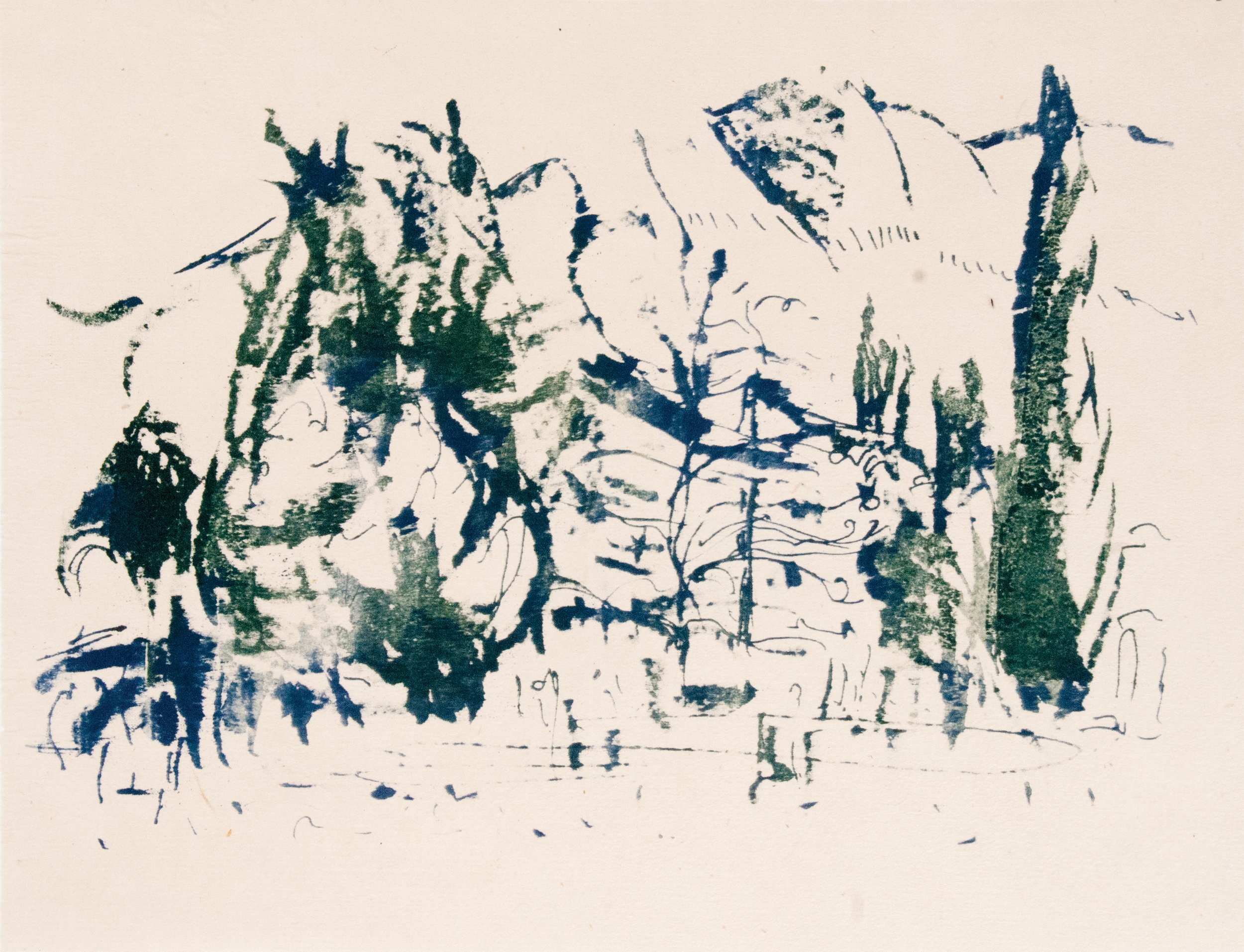
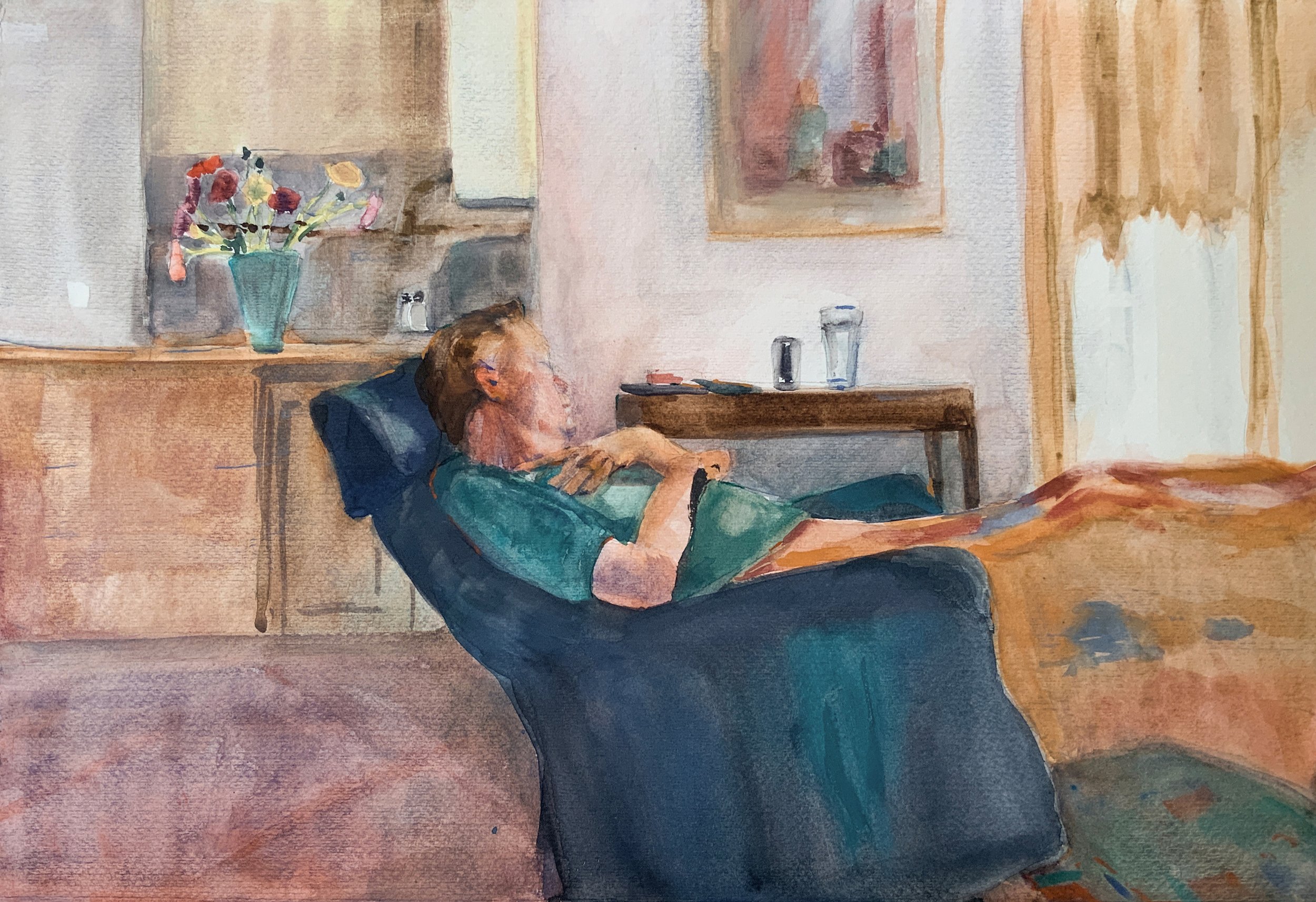
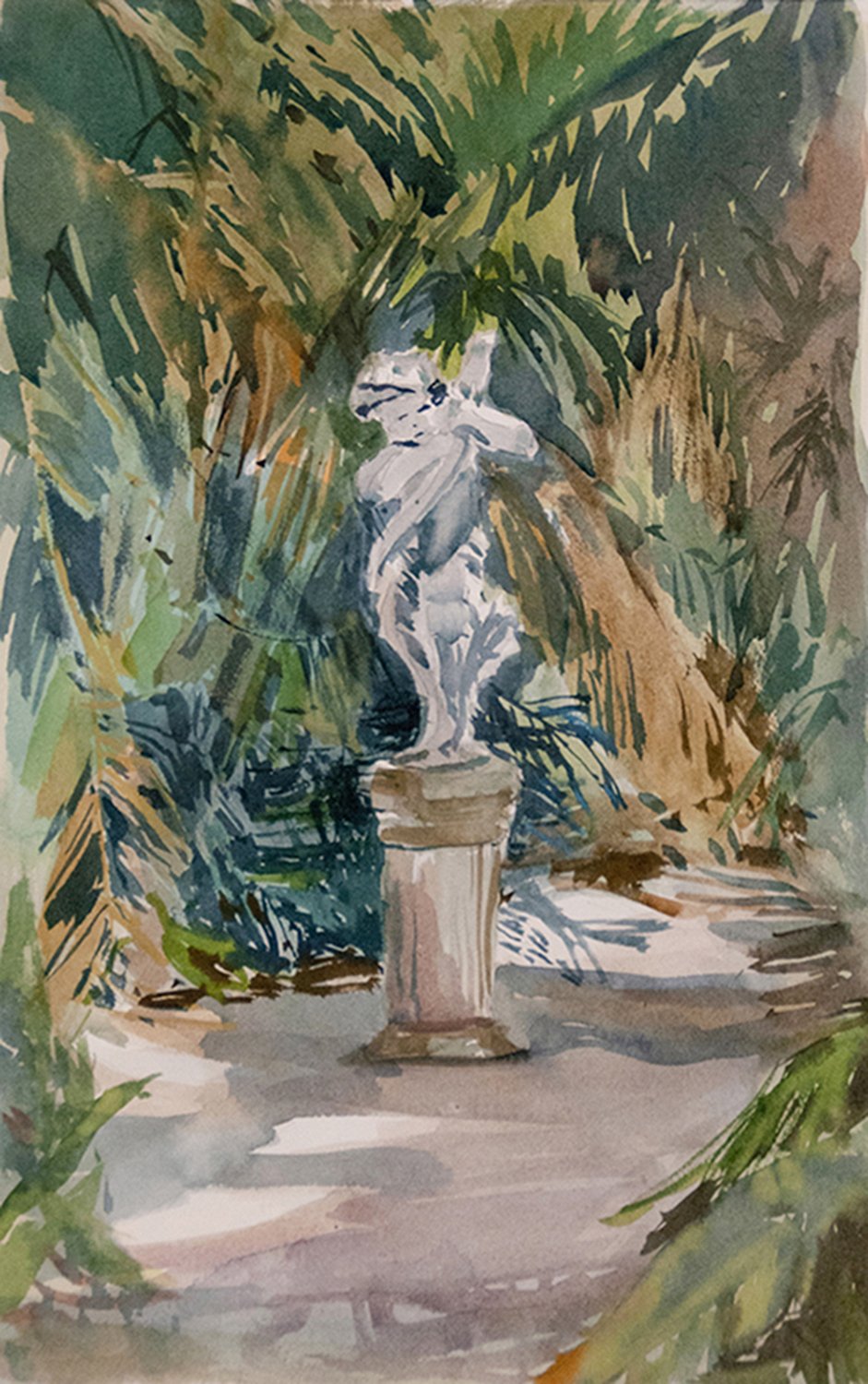
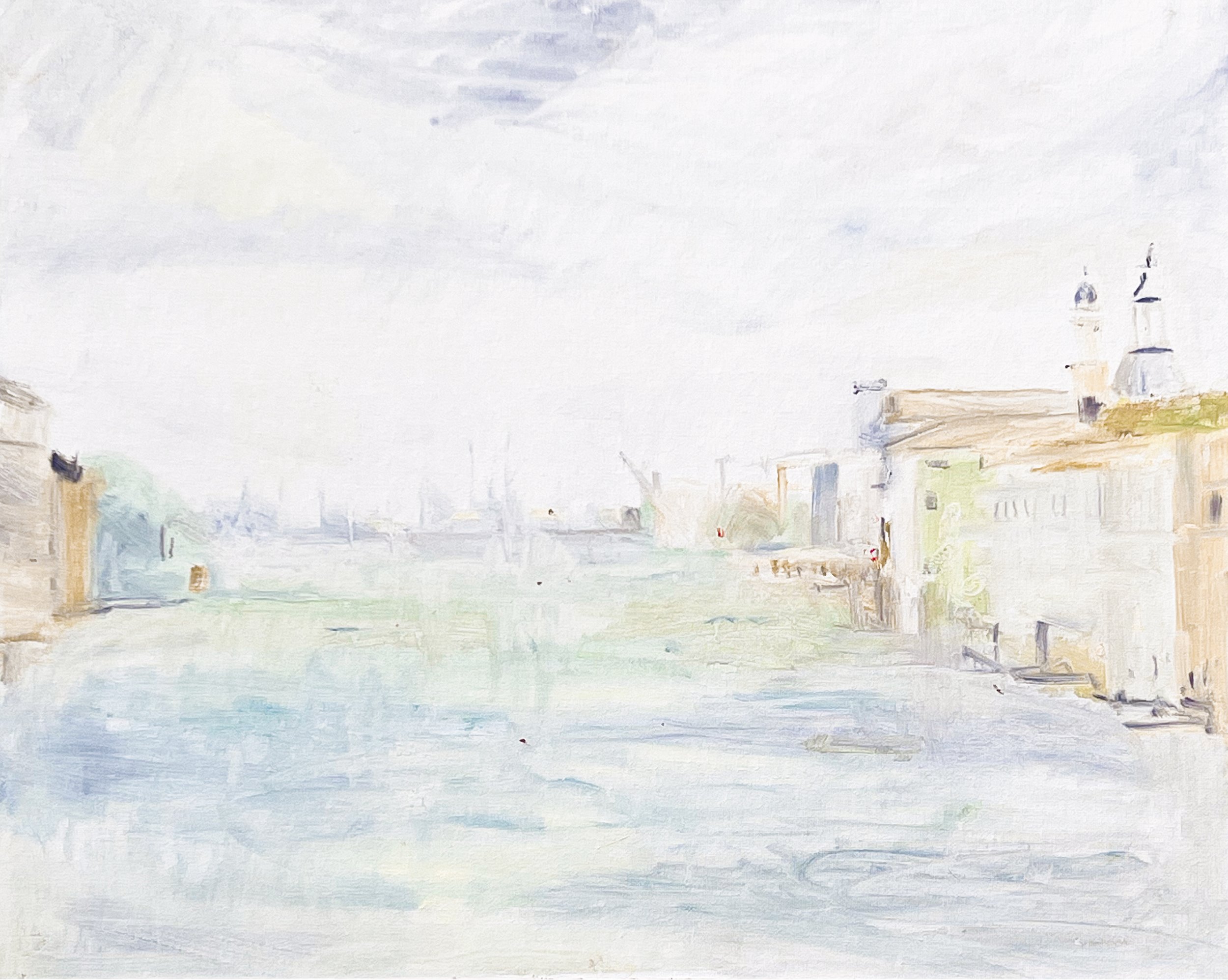
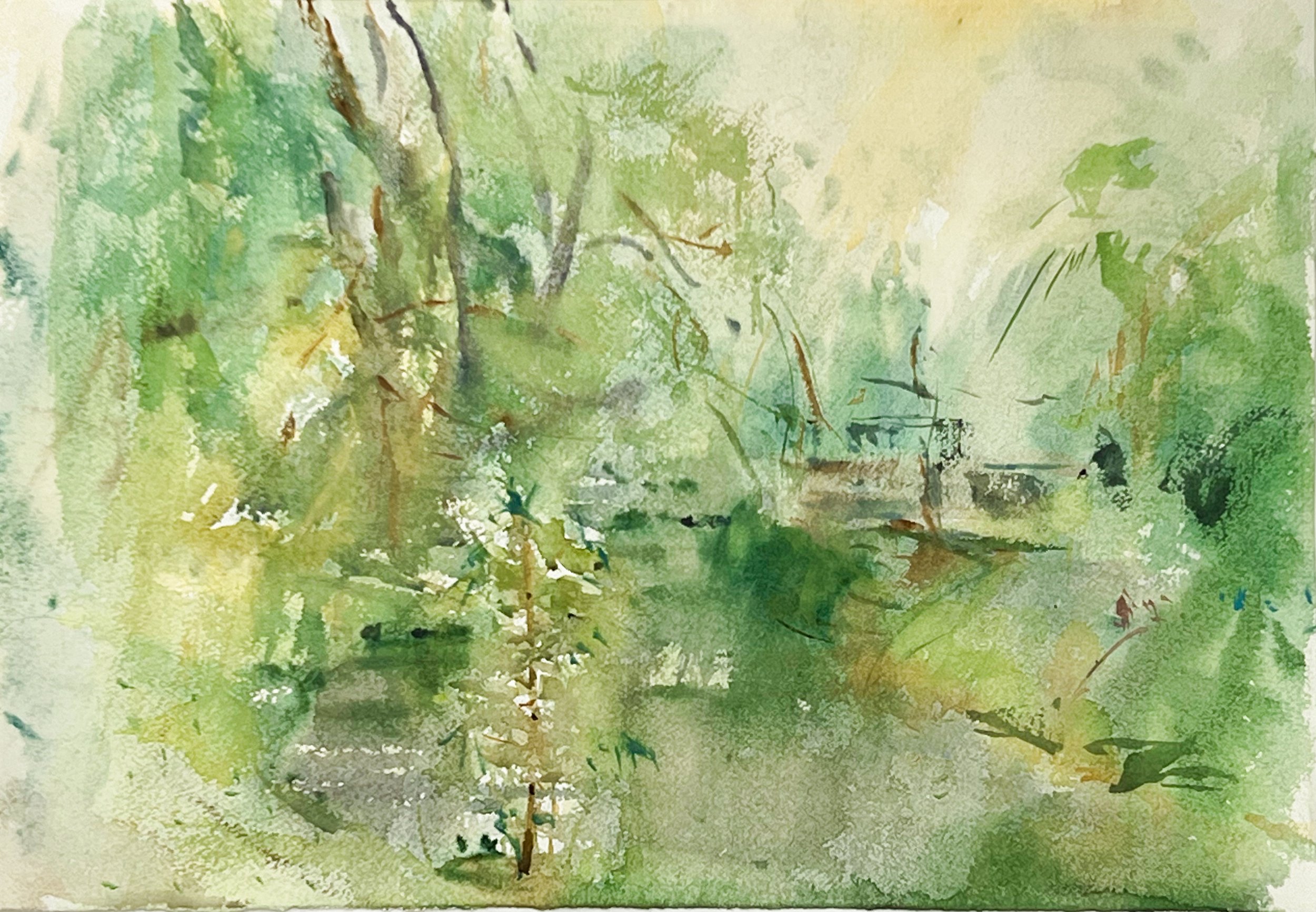
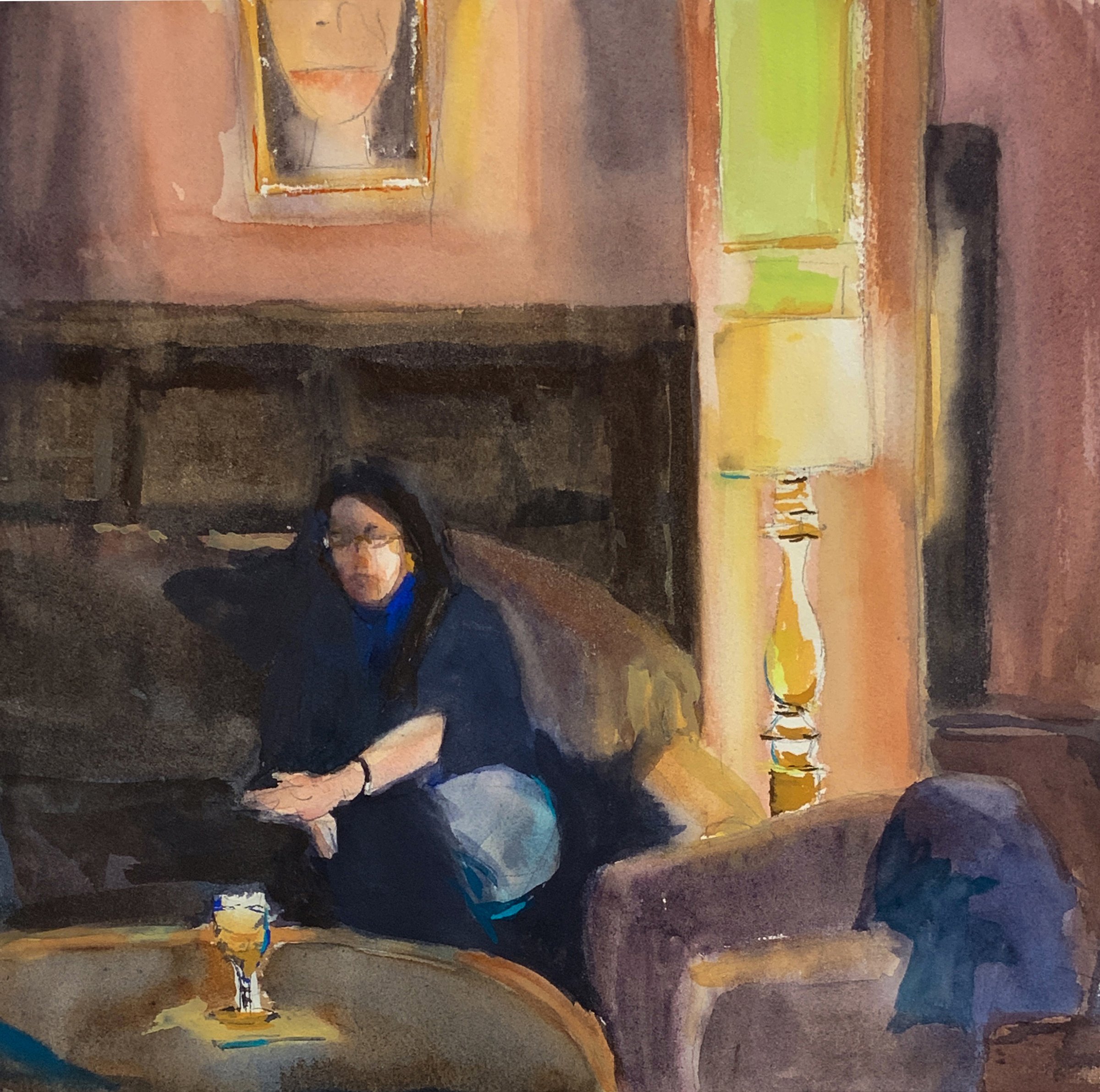
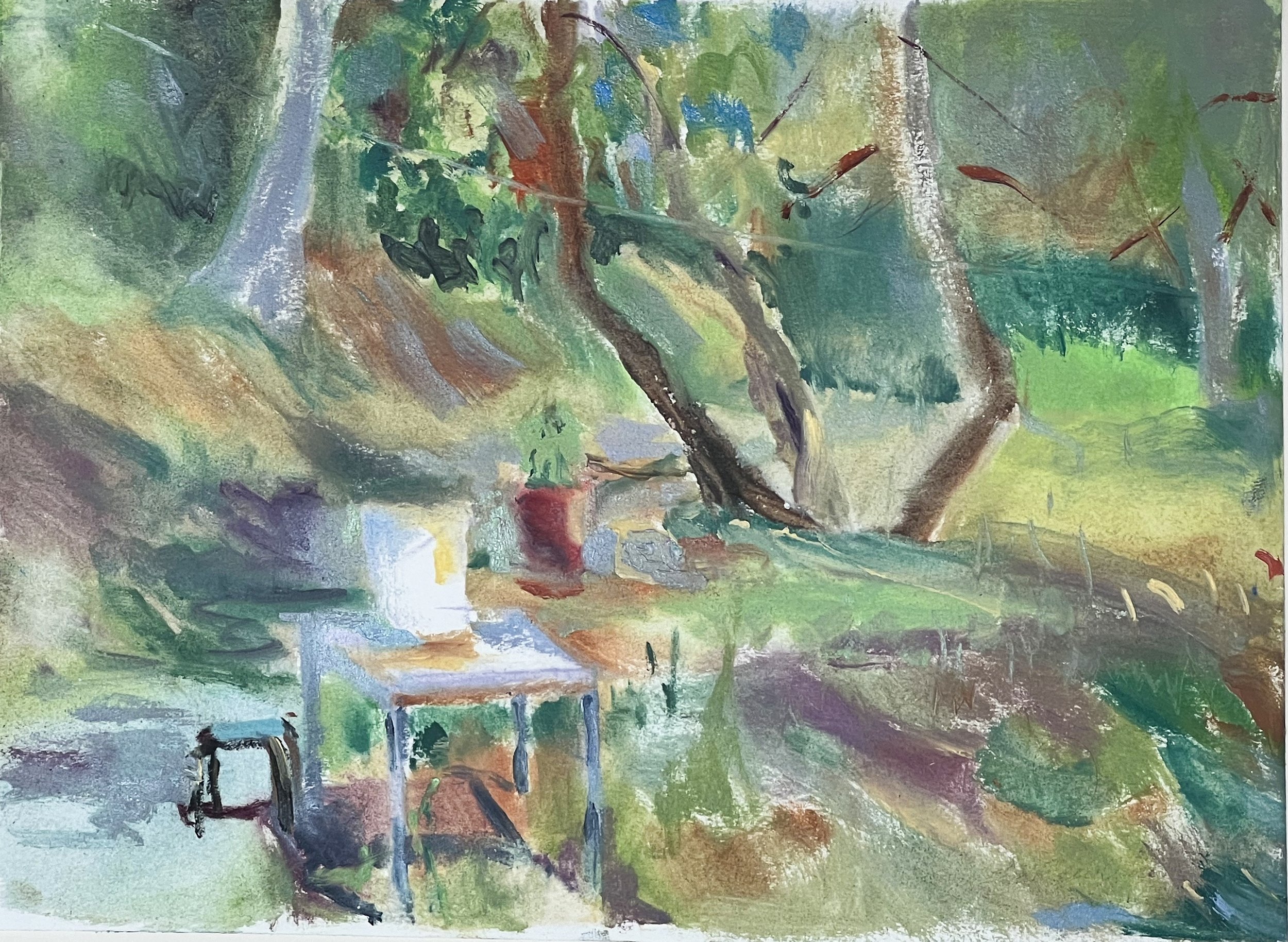
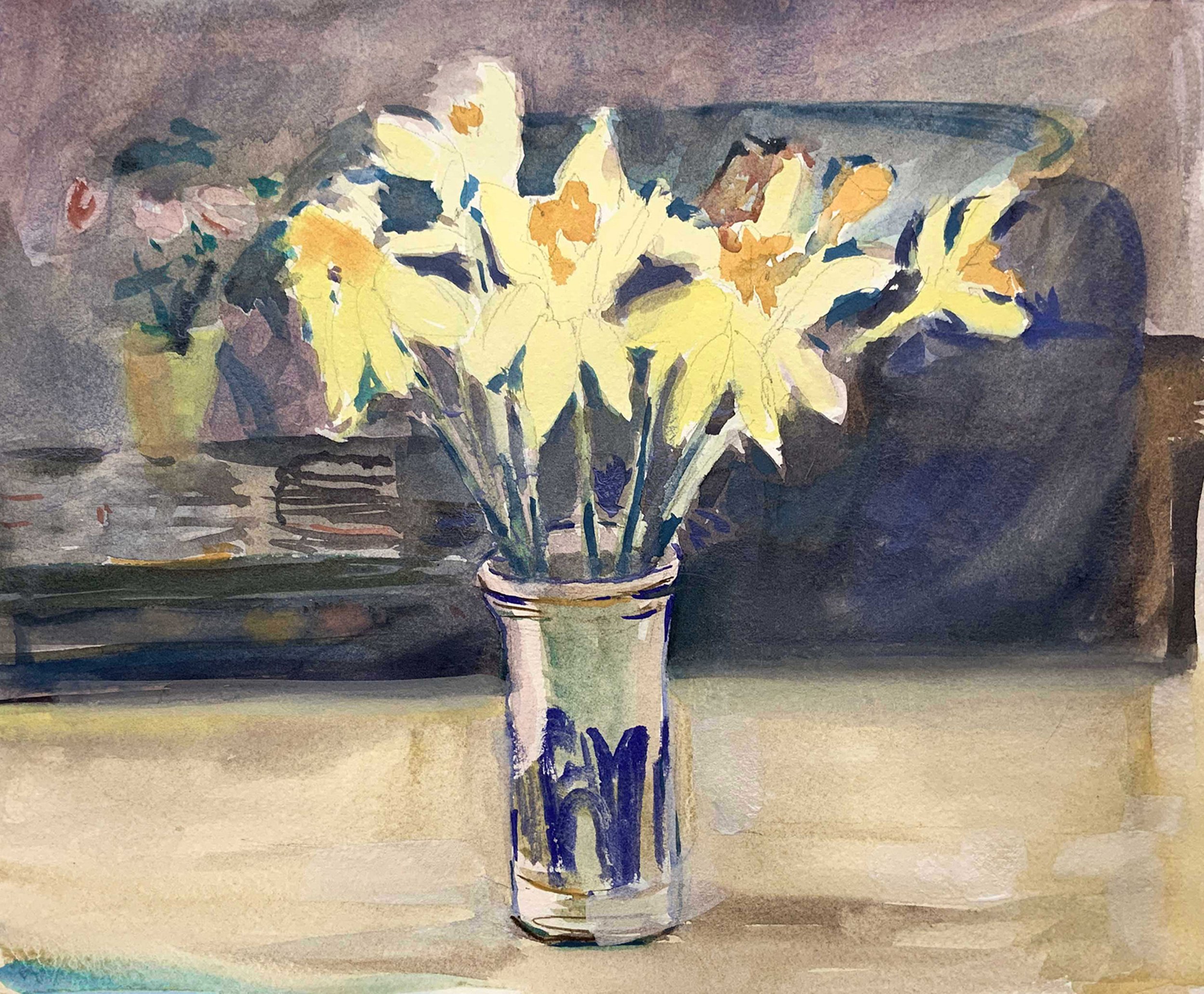
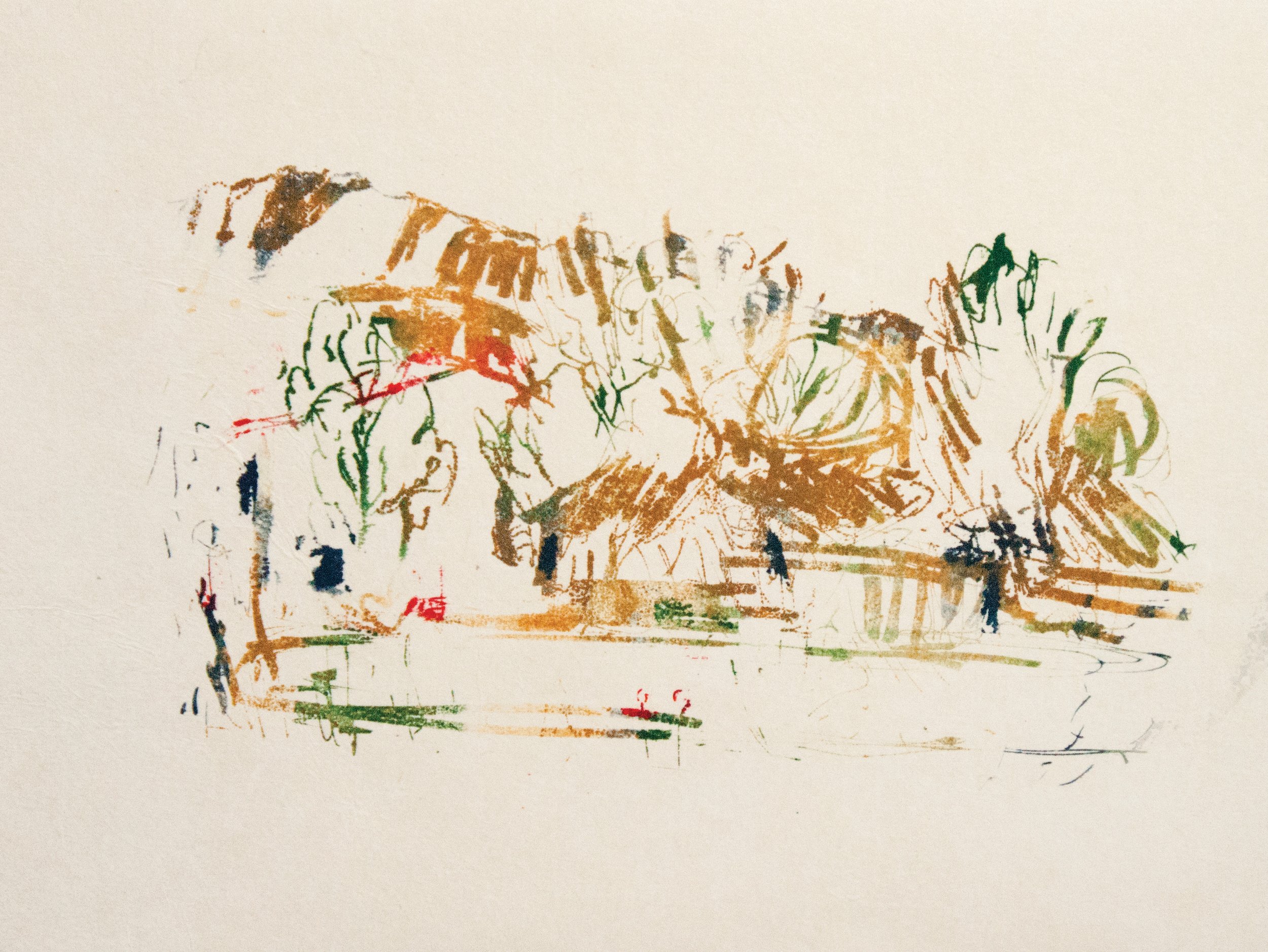

Artist’s Talk on Zoom
Mark your calendars for an artist’s talk with Sharon on Thursday, May 30th at 1:00 PM Eastern. Click here to register ahead of time on Zoom.
Learn More and Follow
Previous Featured Artists
To view featured artists from past months, click here.
April 2024: Kate Butler
March 2024: Pauline Bétrancourt
February 2024: Jenna Grotelueschen
January 2024: Mary Leone Duffy
December 2023: Elizabeth Ivers
November 2023: Cole Carothers
October 2023: Grace Darden
September 2023: King David
August 2023: Chris Coffey
July 2023: Jim Toub
June 2023: Jennifer Neel
May 2023: Jan Brogan
April 2023: Sophia Hall
March 2023: Lucy Clare Spooner
February 2023: Samantha Van Heest
December 2022: Hilary Stein
November 2022: Nick Cruz Velleman
October 2022: Miranda Blas
September 2022: Samuel Bjorklund
